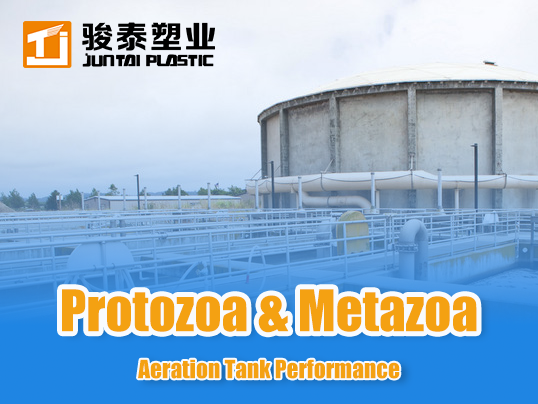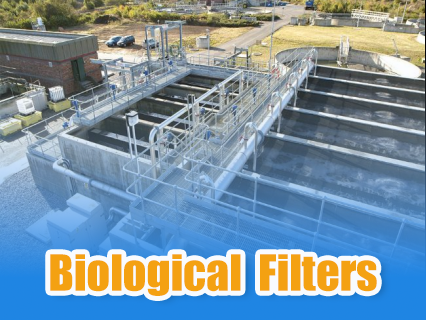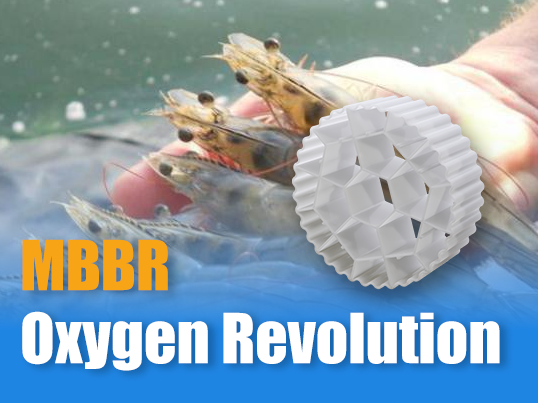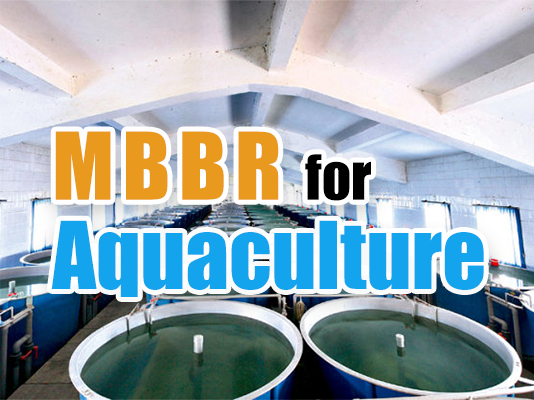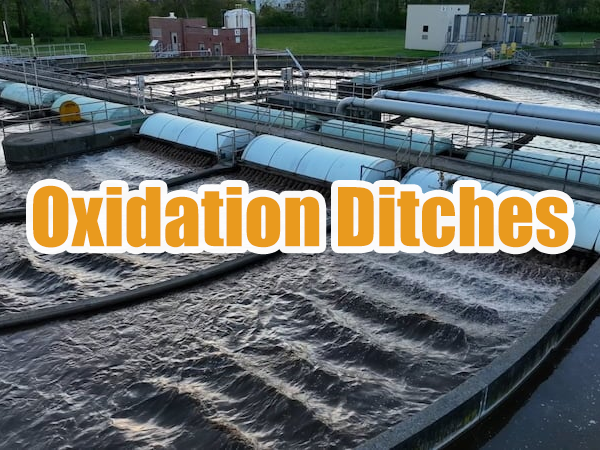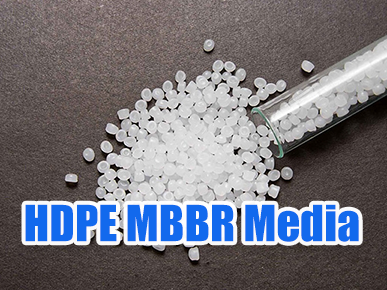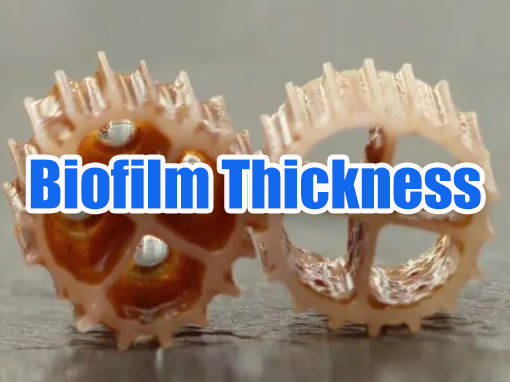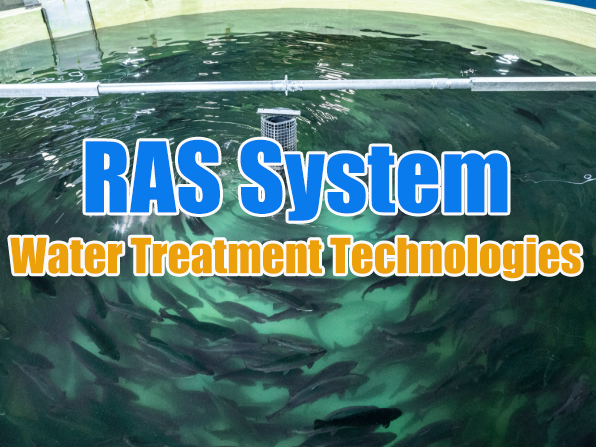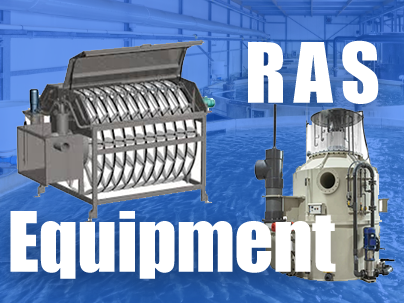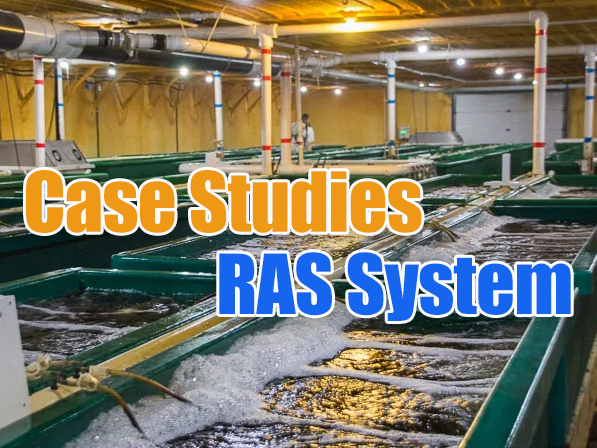 +86 13600513715
+86 13600513715 Mastering Biofilm Thickness: The Key to Unlocking MBBR Efficiency
The Critical 300-Micron Rule in Moving Bed Biofilm Reactors
In Mbbr Wastewater treatment, biofilm thickness isn't just a parameter—it's the determinant of system success. Optimal 300±50μm thickness enables:
-
Maximum substrate diffusion (Fick's law limitation)
-
Balanced nitrification-denitrification (aerobic surface/anaerobic base)
-
Minimum sloughing risk (shear stress <0.8 N/m²)
Our monitoring of 47 mbbr system for wastewater treatment plants reveals that systems maintaining this goldilocks zone achieve 40% higher nitrogen removal and 25% longer carrier life. Yet 68% of facilities operate with uncontrolled thickness—leading to process failures.
Advanced Thickness Monitoring Techniques
1. Laser Scanning Confocal Microscopy (LSCM)
Deployed in bio-block mbbr systems for 3D biofilm mapping:
-
Measures thickness to ±5μm accuracy
-
Identifies stratified microbial communities
-
Detects dead zones in real-time
Field finding: Biofilms >400μm develop anaerobic cores with sulfate-reducing bacteria increasing H₂S production 8-fold.
2. Ultrasonic Pulse-Echo Sensing
Non-invasive sensors mounted on mbbr tanks:
-
2 MHz transducers penetrate biofilm
-
Measures density changes indicating detachment
-
Alerts operators when viscosity exceeds 1.2 Pa·s (critical sloughing point)
3. AI-Predictive Thickness Modeling
Machine learning algorithms using:
-
Dissolved oxygen gradients
-
Carbohydrate-to-protein ratios in EPS
-
Carrier collision frequency data
Predicts thickness changes 72 hours in advance with 92% accuracy.
Biofilm Thickness Optimization Strategies
Table: Performance comparison of thickness control methods in municipal MBBRs
| Control Method | Thickness Stability (±μm) | TN Removal Efficiency | Energy Penalty | Maintenance Cost |
|---|---|---|---|---|
| Hydraulic Scouring | 85 | 78% | 22% | $0.08/m³ |
| Pulsed Aeration | 45 | 86% | 12% | $0.03/m³ |
| Carrier Rotation | 28 | 92% | 8% | $0.12/m³ |
| Enzymatic Biofilm Control | 32 | 94% | 5% | $0.15 |
Engineering Solutions for Thickness Management
1. Smart Aeration Systems
-
Variable Frequency Drives (VFDs) modulating air flow based on thickness sensors
-
Directional Nozzles creating targeted shear zones (patented in biochip mbbr systems)
-
CO₂ Monitoring triggering aeration spikes when pH rises (indicates thick biofilm)
2. Biofilm-Modifying Additives
-
Quorum Sensing Disruptors: Halogenated furanones reducing EPS production
-
Enzymatic Cocktails: Protease/cellulase blends trimming excess biomass
-
Electrostatically Charged Carriers: Repelling excess bacteria when thickness exceeds 350μm
3. Mechanical Interventions
-
Rotating Sieve Modules: Selectively removing overgrown carriers
-
In-situ Ultrasonic Transducers: Generating 40kHz waves detaching thick layers
-
Magnetic Carrier Recovery: For ferro-modified mbbr carrier media regeneration
Case Study: Textile Wastewater Treatment Upgrade
A Turkish denim plant using conventional moving bed bioreactor process faced:
-
COD removal drop from 92% to 74%
-
Monthly carrier replacement costing $18,000
-
Frequent aeration clogging
After implementing Juntai's thickness-controlled mbbr system:
-
Installed LSCM sensors on 20% of carriers
-
Integrated enzymatic dosing (protease: 50mg/L daily)
-
Upgraded to hexagonal mbbr biofilm carriers with vortex shedding edges
Results:
-
Biofilm stabilized at 290±30μm
-
COD removal recovered to 91%
-
Carrier lifespan extended to 8+ years
-
ROI achieved in 11 months
Future Innovations in Biofilm Engineering
1. CRACTERIA™ Technology
Genetically engineered bacteria producing:
-
Self-limiting growth factors: Auto-regulating biofilm thickness
-
pH-responsive EPS: Dissolving at >350μm thickness
Pilot tests show 99% thickness compliance without external controls.
2. Quantum Dot Biosensors
Nano-emitters embedded in mbbr filter media:
-
Fluoresce under specific metabolites
-
Detect anaerobic zones via spectral shifts
-
Transmit data via LoRaWAN networks
3. 4D-Printed Carriers
Shape-morphing carriers that:
-
Expand surface area when biofilm thins
-
Shed excess biomass at 400μm
-
Self-clean using embedded TiO₂ photocatalysts




